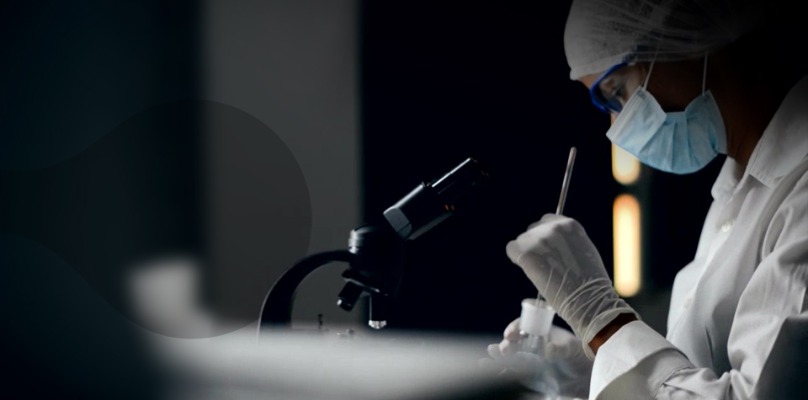
The production of synthetic latex has seen continuous innovation over the past two decades, particularly in the field of emulsion polymerization. As industrial requirements become more specific, materials such as Styrene Butadiene Latex and Styrene Butadiene Copolymer Latex are increasingly developed through optimized polymerization techniques. These advancements have had a direct impact on the quality, consistency, and applicability of latex-based products across various sectors.

Emulsion polymerization is the lots of widely adopted process for producing Styrene Butadiene Latex, as it offers better control over molecular weight, particle size, and viscosity. The process involves the polymerization of styrene and butadiene in an aqueous medium using surfactants and initiators. Through precise monitoring of temperature and reaction conditions, manufacturers can tailor the final latex properties to meet application-specific needs such as flexibility, adhesion, and chemical resistance.
One of the primary benefits of improved emulsion polymerization techniques is the enhanced stability of Styrene Butadiene Copolymer Latex. The copolymer variation incorporates additional monomers, which result in increased mechanical strength and elasticity. This makes it particularly suitable for applications in construction materials, pressure-sensitive adhesives, and modified bitumen systems. By adjusting the ratio of styrene to butadiene and including functional monomers, producers can influence the balance between hardness and elongation in the final product.
The uniform particle size distribution achieved through modern emulsion polymerization ensures consistent performance in coating and bonding applications. This characteristic is essential when Styrene Butadiene Latex is used in paper products, textiles, and building materials, where surface smoothness and adhesive strength play a key role. Moreover, newer technologies allow for the reduction of surfactant residue, which improves film formation and enhances overall product durability.
In addition to improving physical properties, the emulsion polymerization process for Styrene Butadiene Copolymer Latex also contributes to more environmentally aligned manufacturing. By focusing on water-based systems and reducing the use of organic solvents, producers support broader sustainability goals while still delivering high-performance materials for industrial use. This aligns well with global initiatives aimed at reducing carbon emissions and promoting safer production practices.
Another critical area of development involves the automation of polymerization reactors. With real-time monitoring and control systems, manufacturers can now achieve more consistent batch quality of Styrene Butadiene Latex, reducing variation between production cycles. This level of precision is essential in industries such as glove production, where minor differences in latex performance can affect the final product’s comfort and usability.
For Styrene Butadiene Copolymer Latex, automation helps regulate polymer branching and grafting behavior, which directly influences film flexibility and resistance to cracking. This is particularly valuable in applications involving repeated mechanical stress, such as in flexible membranes and composite materials.
The ability to fine-tune polymer structure also opens up possibilities for functional customization. Manufacturers can introduce reactive groups into Styrene Butadiene Latex formulations to enhance compatibility with fillers, pigments, or cross-linking agents. This results in improved integration with various substrates and longer-lasting product performance.
Likewise, Styrene Butadiene Copolymer Latex can be designed to exhibit improved aging resistance, making it a practical choice for long-term exposure environments. Whether used in waterproofing membranes or as a binder in high-performance coatings, its enhanced stability offers long-term functional reliability.
As industry standards continue to evolve, emulsion polymerization will remain a focal point for innovation in synthetic latex production. Both Styrene Butadiene Latex and Styrene Butadiene Copolymer Latex will benefit from these ongoing improvements, supporting a wide range of applications with more predictable and stable material characteristics.